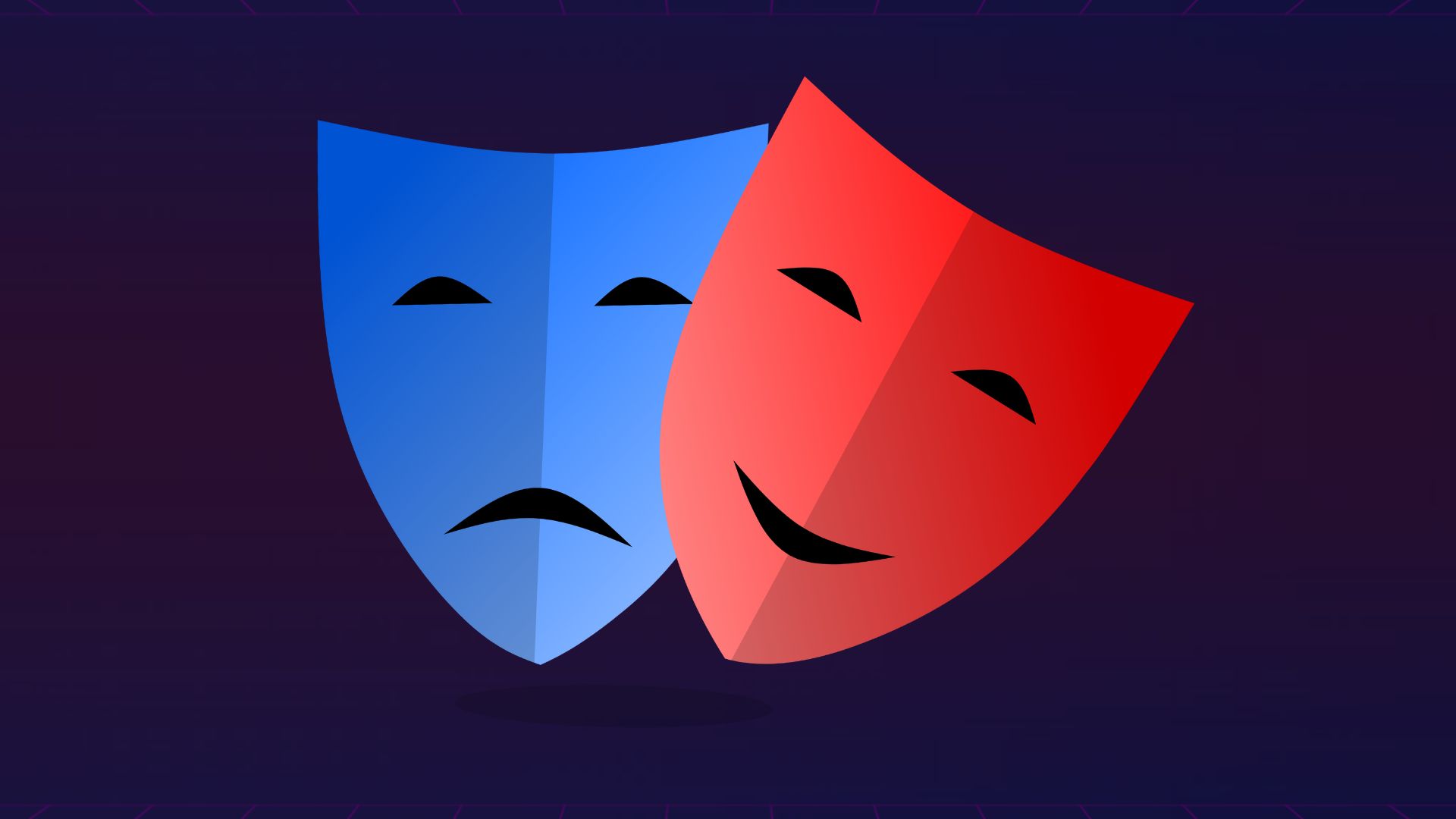Developing a Future-Proof Solutions for Large-Scale Web aScraping
This post was last updated on July 28th, 2023

Data is one of the most valuable commodities today, and you can equate it to oil and gold. Data is valuable not just to businesses, but individuals as well. A great example is in the morning as you dress up.
You will often look at the weather predictions on your phone to find out if you need to carry an umbrella and dress warmly. In other cases, you need information about shops and services near you.
Data plays a crucial role, right from the beginning as you research your business idea. Once your business is operational, you need information about your internal operations, competition, and customers.
One of the best ways to obtain data is on the web, by web scraping. Web scraping on a small scale is copy-pasting a document or downloading an image. Something that most web users have done. However, companies cannot rely on copy-pasting the entire web. They use web scraping tools.
Web scraping tools are software that automates the extraction and organization of data from websites. The tool makes requests to the server as your browser would. However, instead of displaying the information, the web scraper filters out what you do not need and saves what you are interested in.
The use of web scrapers means companies can get information about their competitors and customers for their business. Data from competitors can help with pricing, product comparison, and reviews.
On the other hand, consumer data can help with lead generation, revealing trends for market research and brand audits. However, at times the average web scraper does not cut it. What do you do when you have thousands of pages to scrape through?
The answer is large-scale web scraping. With large-scale web scraping, you can run multiple scrapers on single or multiple websites simultaneously. This can save you weeks, if not months, of web scraping.
Contents
ToggleIssues With Large- Scale web Scraping
There are several challenges facing web scraping that include:
- Anti-scraping measures – Websites will not willingly hand you their data, so some will put CAPTCHA bots in place.
- Software – You have to spend hours developing your scraper, or part with subscription fees.
- Websites changing structure – You have to constantly tweak your bot’s logic since websites keep changing structure.
- Speed and scaling – Your infrastructure may limit your operation.
Tackling the Issues Facing Large-Scale Web Scraping
Let us look at how you can handle the problems facing web scraping:
1. Use Premium Web Proxies

When collecting large amounts of data regularly on a website, you are advised to use a proxy server. Proxy servers are gateways between users and servers on the internet, so they make requests on behalf of the user.Therefore when you use proxies to browse the internet your IP address is hidden from servers.
Staying anonymous is vital when using web scrapers so that you avoid getting your IP address blocked. In such a case your tool is residential web proxies. These proxies allow you to alter your location to suit your needs.
Residential proxies from Rayobyte offer a variety of servers you can connect to around the world so that your web scraper can go undetected. You also get a new IP address for each request you make, therefore your web scraper will not be suspicious.
Since speed is a factor, avoid free web proxies. They may have limited bandwidth and therefore slow down your scraping power. That is why we recommend you use a paid proxy service.
2. Get Adequate Storage
You need to plan your data storage. Web scraping involves retrieving data and the data can be in two forms. The data can be raw, in its original HTML format, or processed. You get processed data when your scraper filters the content to get you what you need, stored in a different format.
The storage required for each type of data differs. Raw data is quite large so you can rely on cloud storage. Cloud storage providers like Amazon Web Services (AWS), Microsoft Azure, Oracle Cloud, and Google Cloud Platform (GCP), can cater to your storage needs.
You will have virtually unlimited storage, but you have to pay for the storage service. Processed data is human-readable. Therefore, you can rely on a relational database such as Microsoft SQL, MySQL, and IBM DB2 or a NoSQL database like MongoDB.
3. Organize Your Scrappers
The best approach in large-scale scraping is using several scrapers working in parallel rather than one big one. Since the scrapers are working in parallel, they get data from different sections, and you can achieve double parallelism if they scrape several pages behind the scenes.
However, you might run into trouble if you do not organize your scrappers. You might scrap the same page several times in a short period, and waste time and storage. To avoid this, write the URLs of the pages scraped to your database and include the timestamp.
4. Reduce Your Chances of Detection
Put a human aspect to your scrapper to enable it to scrape for longer without being detected. Ways of making the scraper look human-like include:
Introducing randomness to your scrapper by adding random pauses.
Using a rotating IP system.
Stop scraping when there is a failed attempt- chances are the website has changed its structure.
Use different headless browsers.
Vary the resolution, installed fonts, and resolution settings on your headless browser.
Scrap at random times of the day.
These are some of the best techniques to avoid fingerprinting and detection. They will keep your scraper from being identified and blocked so you can scrape for longer.
5. Use Technology to Bypass bot Detection
You may have come across a CAPTCHA bot that requested you to solve a puzzle before accessing information from a website. This is one of the many techniques available today to limit web scraping. You can hire a company such as Anti Captcha to solve them or use Zenrows to deal with CAPTCHAs.
Other techniques include using Cloudflare, honeypot traps, and javascript challenges. You can bypass Cloudflare by tweaking the code on your end. Headless browsers such as Selenium will help take care of javascript challenges.
Honeypot traps are difficult to deal with but not impossible. You can use the robots.txt file to identify the safe area to scrap. Also, make your crawler identify links with CSS properties that make them invisible. Chances are, this is a trap.
Conclusion
Data is valuable for businesses and individuals. For business, data could be the difference between profits and losses. Businesses can rely on web scraping to get the data they need. However, they may need to rely on large-scale web scraping because of the quantity of data available.
Limited storage, anti-bot technologies, scaling, and speed limitations are some problems facing large-scale web scraping. However, there are solutions to these problems that can help you scrape longer and undetected.
Most Inside
Most Inside offers high-quality recommendations and valuable updates to enhance all aspects of your life, providing premium guidance and enriching experiences.




